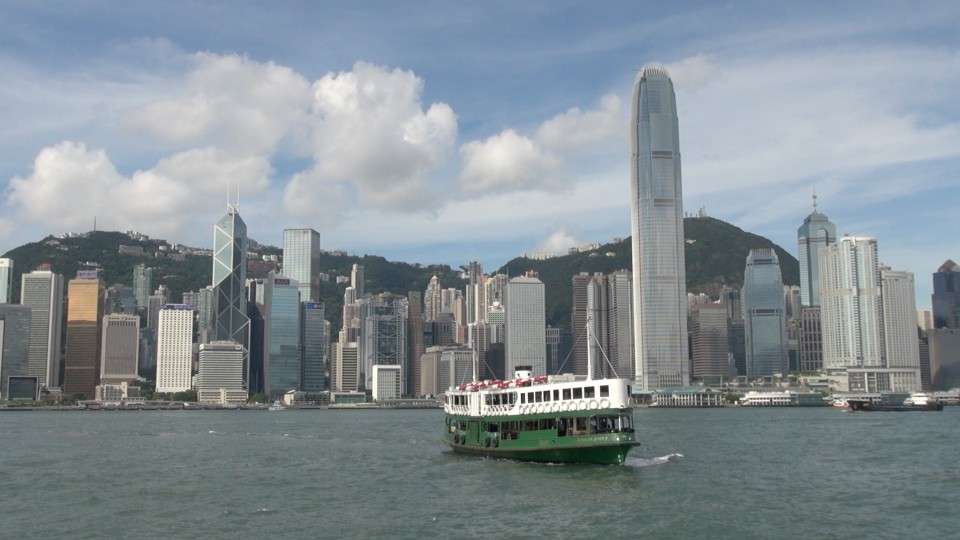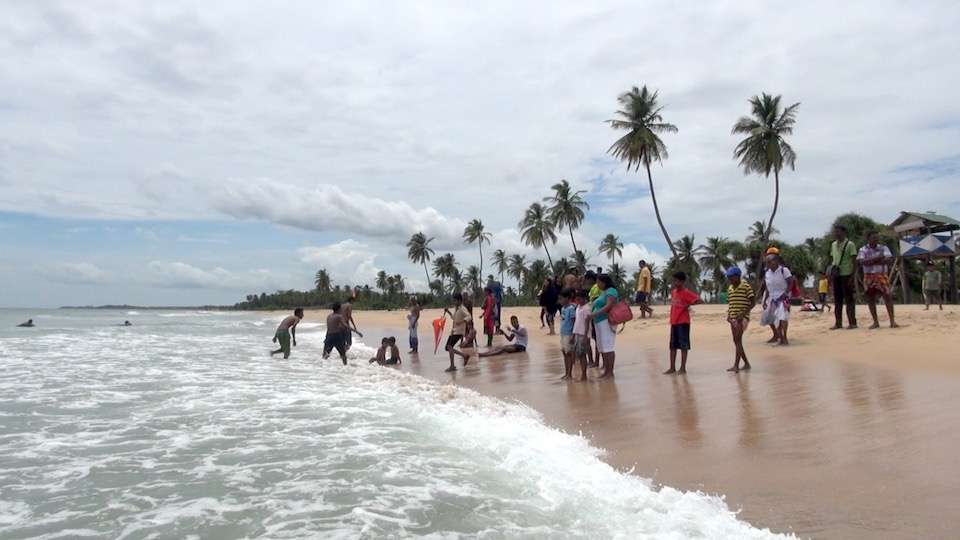Hong Kong – Fragrant Harbour
Formerly a British dependent territory, Hong Kong became a special autonomous province of China on 1 July 1997. Frequently described as a place where ‘East meets West’.
After the long British rule of Hong Kong, no one was sure what would happen when the power was handed over back to China. Today it still thrives as a free market and operates differently than the rest of China, in a sense Hong Kong is its own state.
Its rapid and modern transport system makes it easy to get around and rather inexpensive too, and the airport is state of the art, most impressive. Hong Kong is a perfect hub for the far east and a city that buzzes with the energy of a dragon. Beyond the skyscrapers and busy metropolis lye mountains that carry you into suburbs with glorious views and hidden inlets. Days and nights are filled by exploring local markets, crossing the harbour on the Star Lines Ferry and tasting unusual food and cuisine. Hong Kong is a modern city that delivers 24/7.
Hong Kong, meaning “fragrant harbour” in English, is one of the two special administrative regions of the People’s Republic of China, the other is Macau. Situated on China‘s south coast and enclosed by the Pearl River Delta and the South China Sea, renowned for its expansive skyline and deep natural harbour. The area consists of Hong Kong Island, the Kowloon Peninsula, the New Territories, and over 200 offshore islands, of which the largest is Lantau Island. As much of Hong Kong‘s terrain is hilly to mountainous with steep slopes, the irregular and curvaceous coastline provides it with many bays, rivers and beaches.
In many respects, little has changed since the handover to China in 1997. What was once a British colony now looks like a Chinese colony. Although “part of China”, Hong Kong operates like a tiny country with its own currency, laws, international dialling code, police force, border controls and the like.
Hong Kong Tramways, which has served the territory since 1904, covers the northern parts of Hong Kong Island and is the only tram system in the world run exclusively with double-deckers, passengers board at the rear and the fare is paid upon alighting at the front of the tram. The Star Ferry service, an icon of Hong Kong heritage has carried passengers for over 120 years, founded in 1888, operates four lines across Victoria Harbour and provides scenic views in the eleven-minute ride across the harbour of Hong Kong’s skyline, a must-do. Hong Kong is also famous for its junks traversing the harbour. The Peak Tram, the first public mechanised mode of the transport system in Hong Kong, has provided vertical rail transport between Central and Victoria Peak since 1888. The steep 1.7 km track is worth at least one trip despite the comparatively steep price. Although views of Kowloon and Victoria Harbour can be stunning, it can be spoilt by air pollution. There are a number of nice walks around the Peak Tower with views of all sides of the island. A more picturesque and cheaper, though slower, way of reaching it is by taking bus 15 from the Star Ferry pier in Central, as the bus snakes up the mountain you can enjoy beautiful views.
The skyline of Hong Kong is one of the best in the world, one of the best view is from the Avenue of Stars at Tsim Sha Tsui.
You are never far from the sea in Hong Kong and going to a good beach is only a bus-ride away. Hong Kong‘s urban beaches are usually well maintained and have services such as showers and changing rooms. Where beaches are managed by the Leisure and Cultural Services Dept. shark nets and lifeguards are present. Dogs and smoking are not permitted on these beaches. The best beaches include Repulse Bay, a large urban beach on the south side of Hong Kong island. Middle Bay is popular with gay people and is a 20-minute walk from the crowds at Repulse Bay. Big Wave Bay is smaller than others, as the name suggests, has the sort of waves that appeal to surfers.
Residents tend to eat out a lot more than in other countries, because of this, eating out can be fairly cheap, as long as you stick to local restaurants, and avoid the often overpriced Western counterparts. Food is generally eaten with chopsticks, traditional Chinese etiquette when using chopsticks apply, do not stick your chopsticks vertically into a bowl of rice and has connotations of wishing death on those around you. If you want more tea, leave the lid open, and it will be refilled.
Despite Hong Kong‘s name meaning “fragrant harbour”, this is not always so. Air pollution is a big problem due to a high population density and industrial pollution from mainland China. During periods of very bad air pollution tourists will find visibility drastically reduced, especially from Victoria Peak.
I can’t say how dramatic a city like Hong Kong is to visit. Its stunning harbour, the skyline, night markets are all appealing. For the intrepid traveller, one must take a bus outside into the suburbs to experience the winding roads along the steep cliffs, you’ll find it remarkably green and lush, small pockets of rising edifices nestled within hidden bays. As the tourist board says on its campaigns, Discover Hong Kong couldn’t be so true.






